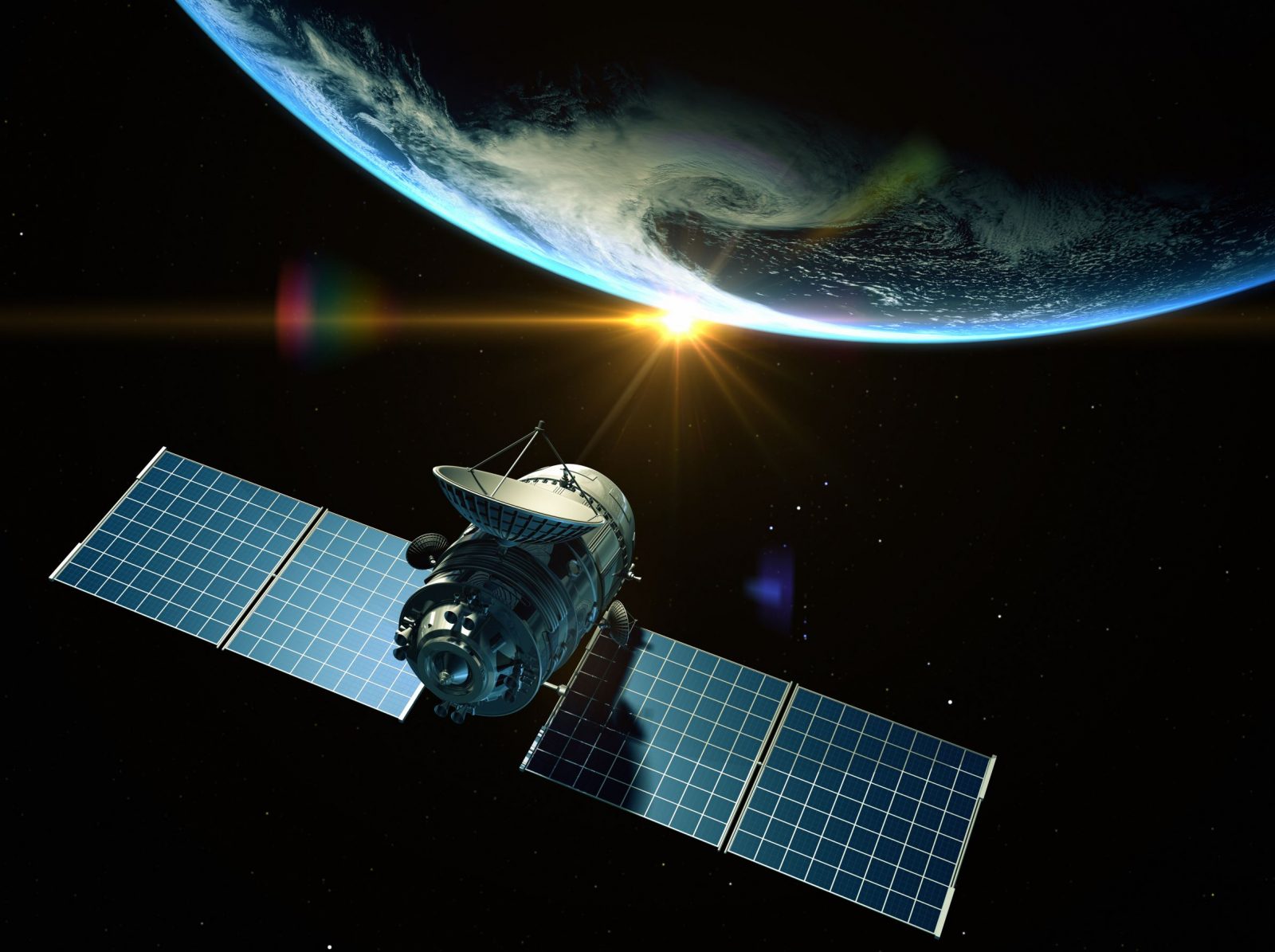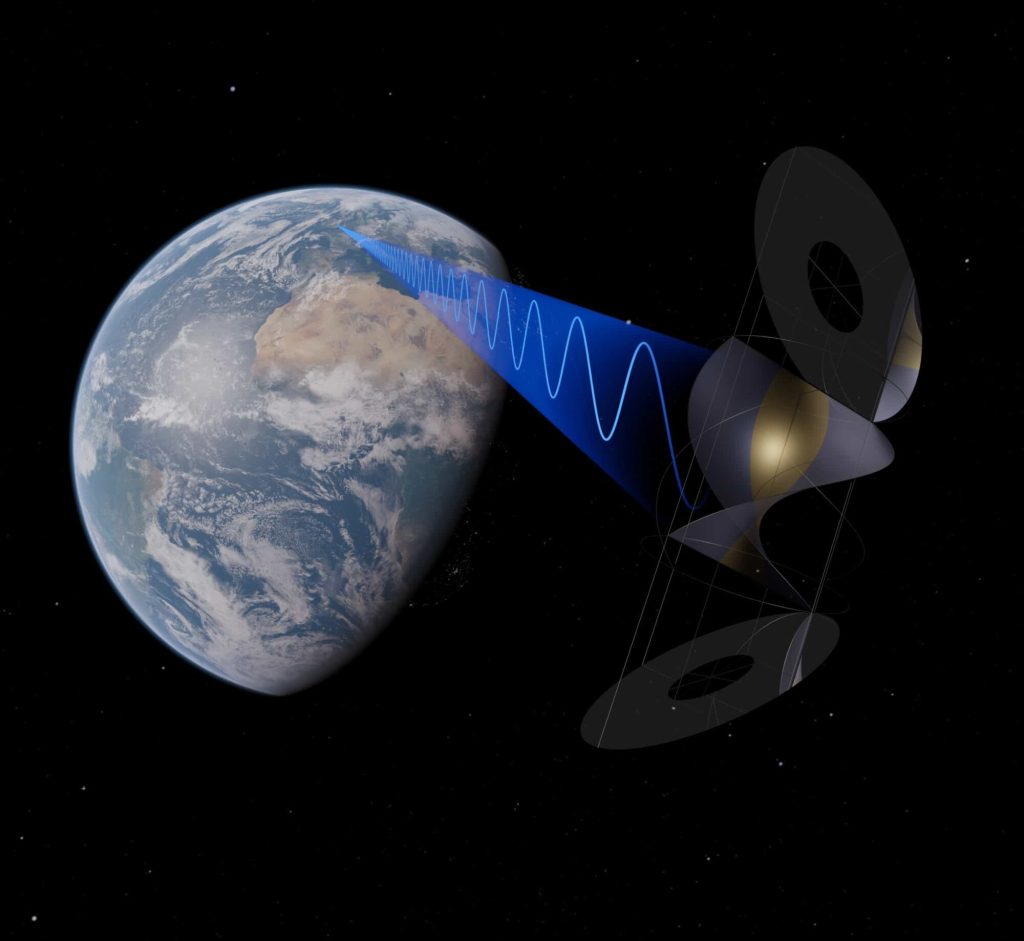The UK’s First Space Power Station Prototype Could Revolutionise Energy Production
8th Apr 2024
An Oxfordshire-based Space Solar company aims to deploy the first space power station. Recently, the company has achieved a crucial milestone with an Earth-based prototype. By the 2030s, it intends to power over a million homes using a mile-wide complex of mirrors and solar panels orbiting 22,000 miles above our planet.
Space Power Station Prototype Successfully Tested
CASSIOPeiA is the company’s super-efficient design for harvesting constant sunlight. It requires the system to always turn towards the sun while still sending power to a receiver on the ground. For the first time, this has been demonstrated to function at Queen’s University Belfast. During the test, a wireless beam was successfully directed across a laboratory to illuminate a light.
Why Is The Space Power Station Better Than Earthly Solar Panels?
Solar panels in space capture 13 times more energy compared to those on the ground due to higher light intensity and the absence of atmosphere, clouds, or night.
Some energy might be lost when it’s sent back to Earth and connected to the power grid. But it would still produce way more energy than solar panels on the ground.
To sum up, space-based solar energy is appealing because it can consistently generate power around the clock. This is crucial for providing a reliable “baseload” to support ground-based renewable energy sources.

At present, the grid’s baseload is primarily supplied by nuclear energy and gas turbines. Both generate radioactive waste or carbon dioxide, respectively. Additionally, nuclear energy costs about a quarter of that of solar. Space-based solar energy can make the whole energy system more effective.
Starship To Deliver The Power Station On-Orbit?
Martin Soltau, the founder of Space Solar, disclosed that the company is now negotiating with SpaceX to potentially use Starship to transport a set of components that robots would later assemble into an orbiting power station. This would require approximately 68 launches.
The rocket is expected to dramatically reduce the cost of taking anything into orbit. This reduction could bring the cost down to as little as 1% of what it was just 20 years ago.
“It’s a complete game changer,” said Mr Soltau to Sky News. “We’ll be able to do things in space that just weren’t feasible even a decade ago.”
Is The Space Power Station Even Safe For People?
One potential challenge will be reassuring the public that the microwave beam bringing power back to Earth is harmless. According to Mr Soltau, it has only a quarter of the energy of the midday sun at the equator and would be “locked on” to a receiving station. This ensures the safety of this design.
Mr Soltau adds that the receiving antennas would be situated away from any area of the population, most probably offshore.
Nevertheless, Dr Jovana Radulovic, an independent energy expert from the University of Portsmouth, argues that further evidence is necessary to support assertions of a low carbon footprint, particularly considering the numerous rocket launches involved.
Which Countries Join Building The Space Power Station?
Currently, China, Japan, the European Space Agency, and various companies in the US are all collaborating to bring space-based solar power into reality.
Moreover, to accelerate plans to deploy a solar power station into orbit, the UK the government, university researchers, and companies like EDF and the National Grid have formed the Space Energy Initiative.






Thank you for your comment! It will be visible on the site after moderation.